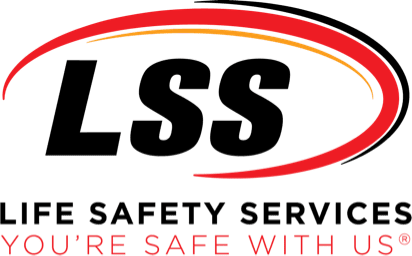Ligature Risk Assessments
Why Ligature Risk Assessments Are Critical
In behavioral health, psychiatric, and other at-risk care environments, patient safety is always the top priority. Even seemingly minor environmental features can pose a serious risk of self-harm. That’s why accrediting bodies like The Joint Commission, CMS, and state agencies require healthcare facilities to take a proactive approach in identifying and addressing ligature and self-harm hazards.
LSS Life Safety Services partners with hospitals and healthcare systems nationwide to perform Ligature Risk Assessment Surveys that help keep patients safe while ensuring compliance with regulatory requirements.
Our Proven Approach:
Our certified life safety specialists conduct an in-depth, on-site survey of all patient-accessible areas in your facility. We carefully evaluate:
- Door hardware, locks, and hinges
- Fixtures, plumbing, and grab bars
- Windows, blinds, cords, and shades
- Furniture and environmental layout
- Any design element that could present a ligature or self-harm risk
Photo-Documented Reporting
What makes LSS different? Every hazard we identify is backed by high-resolution photographs in your final report. This not only makes findings clear and easy to understand, but also helps your team communicate risks internally and prioritize corrective actions.
What You Receive
After the survey, you’ll receive a comprehensive report that includes:
- A complete, itemized list of ligature risks
- Photo documentation of each hazard
- Severity and priority rankings for every finding
- Direct references to Joint Commission, CMS, NFPA, and state standards
- A practical Mitigation Roadmap with clear recommendations
- Optional follow-up consultation to review next steps with your team
Take the Next Step Toward Safer Environments
Protecting patients starts with eliminating ligature risks. LSS Life Safety Services provides the expertise, documentation, and guidance your facility needs to stay compliant—and, most importantly, keep your patients safe.
